Rise in Health Consciousness
The growing trend of health consciousness among consumers is significantly influencing the Allergen-Free Food Products Market. As individuals become more aware of the impact of diet on overall health, there is a marked shift towards healthier eating habits. This shift includes a preference for allergen-free products, which are perceived as healthier alternatives. Research indicates that consumers are increasingly avoiding foods that contain common allergens such as gluten, nuts, and dairy, leading to a surge in demand for allergen-free options. This trend is further supported by the rise of health-focused diets, such as gluten-free and dairy-free lifestyles, which are gaining traction among various demographics. Consequently, the Allergen-Free Food Products Market is poised for growth, with projections suggesting a market size increase of approximately 25% by 2027.
Innovation in Food Technology
Advancements in food technology are driving innovation within the Allergen-Free Food Products Market. The development of new processing techniques and ingredients allows manufacturers to create allergen-free products that do not compromise on taste or texture. Innovations such as enzyme technology and fermentation processes enable the production of allergen-free alternatives that closely mimic traditional foods. This technological progress not only enhances product quality but also expands the variety of allergen-free options available to consumers. As a result, the Allergen-Free Food Products Market is likely to witness an influx of new products, catering to diverse consumer preferences. Market analysts predict that the introduction of innovative allergen-free products could lead to a market expansion of over 20 billion dollars by 2028, reflecting the potential for growth driven by technological advancements.
Regulatory Support and Standards
Regulatory frameworks and standards play a crucial role in shaping the Allergen-Free Food Products Market. Governments and health organizations are increasingly implementing stringent regulations regarding food labeling and safety, which encourages manufacturers to develop allergen-free products. For instance, the Food and Drug Administration has established guidelines that require clear labeling of allergens, thereby fostering consumer trust and safety. This regulatory support not only enhances product transparency but also incentivizes companies to innovate and create allergen-free alternatives. As a result, the Allergen-Free Food Products Market is likely to experience accelerated growth, with an estimated compound annual growth rate of 7% over the next five years. This regulatory environment is essential for ensuring that consumers have access to safe and reliable allergen-free food options.
Growing Awareness of Food Allergies
The increasing prevalence of food allergies among consumers appears to be a primary driver for the Allergen-Free Food Products Market. Recent studies indicate that food allergies affect approximately 10% of the population, leading to heightened awareness and demand for allergen-free options. As consumers become more informed about the potential health risks associated with allergens, they are actively seeking products that cater to their dietary restrictions. This trend is further supported by educational campaigns and advocacy groups that promote allergen awareness. Consequently, manufacturers are responding by expanding their product lines to include allergen-free alternatives, thereby contributing to the growth of the Allergen-Free Food Products Market. The market is projected to reach a valuation of over 30 billion dollars by 2026, reflecting the increasing consumer preference for safer food options.
Increased Demand from Food Service Sector
The food service sector's growing demand for allergen-free options is emerging as a significant driver for the Allergen-Free Food Products Market. Restaurants, cafes, and catering services are increasingly recognizing the importance of accommodating customers with food allergies and dietary restrictions. This shift is prompting food service providers to incorporate allergen-free products into their menus, thereby enhancing customer satisfaction and loyalty. Recent surveys indicate that nearly 30% of consumers are more likely to dine at establishments that offer allergen-free options. As a result, suppliers are responding by increasing the availability of allergen-free ingredients and products tailored for the food service industry. This trend is expected to contribute to the overall growth of the Allergen-Free Food Products Market, with estimates suggesting a market increase of around 15% in the next few years.
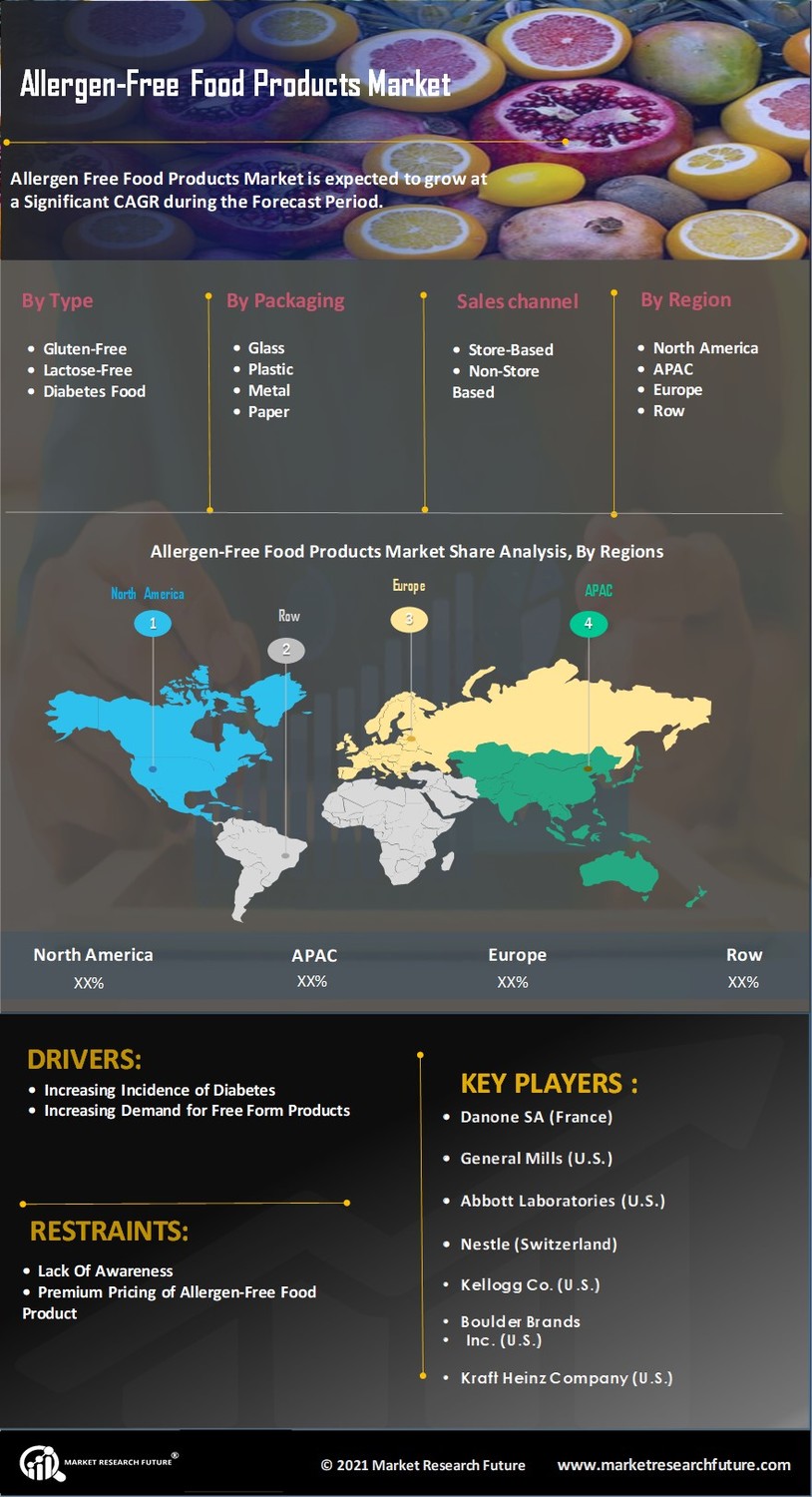

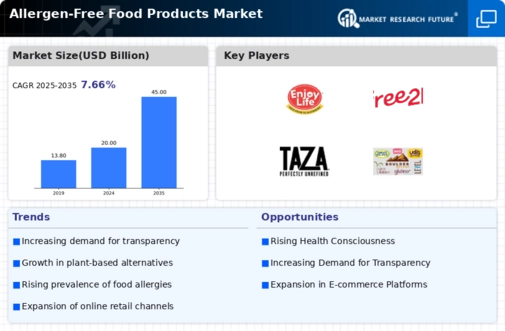
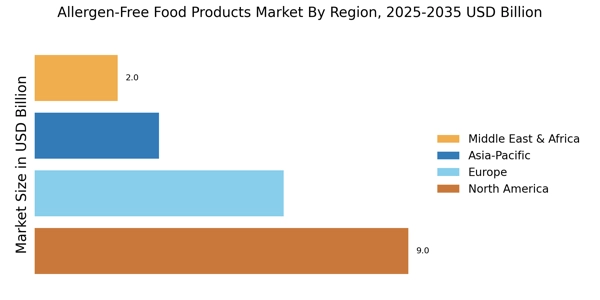


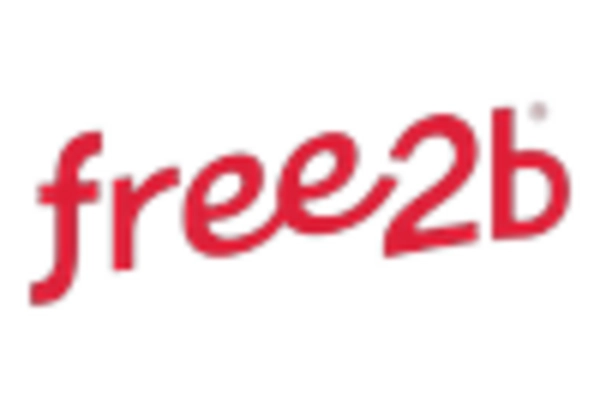
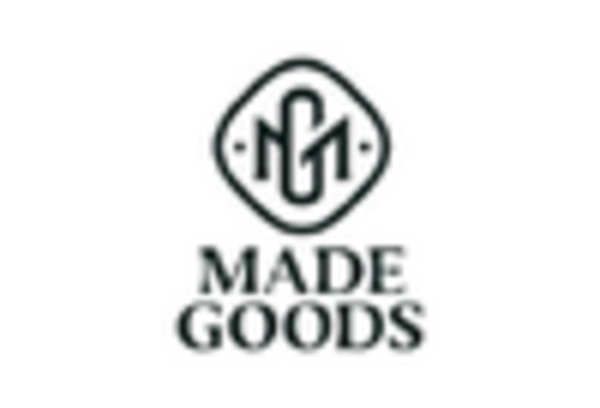

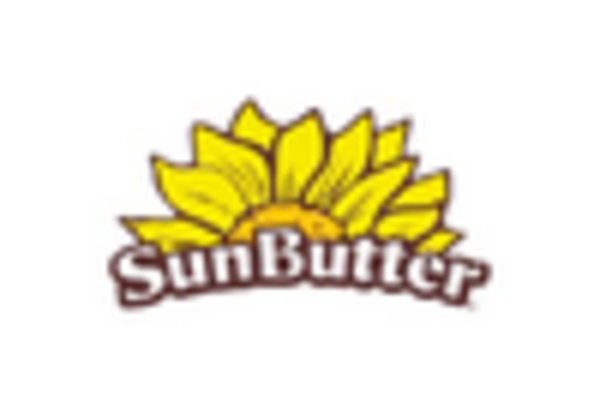








Leave a Comment